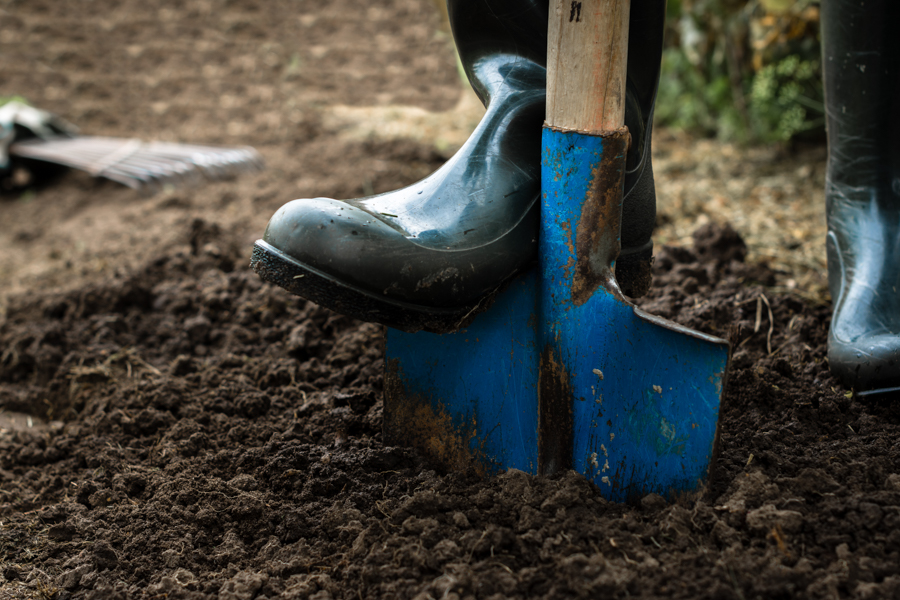Down and Dirty 5: What is the Mother of All Southern California Landscape and Garden Problems?

Down and Dirty Southern California Gardening
A weekly GardenZeus article series to help gardeners succeed in Southern California’s unique climates and growing conditions.
Post 5: What is the Mother of All Southern California Landscape and Garden Problems?
What is the mother of all problems for purposes of gardening and landscaping in Southern California? Of course it’s about soil. But what soil problem exactly is the mother of them all?
Arguments could be made for compaction, naturally low fertility, dead or biologically inactive soil, salinity in some areas, and many other issues. To an extent, I agree with all of these.
Many factors limit soil tilth – soil’s ability to support plants – in Southern California. But for me the biggest, baddest, most-challenging, and most-wicked general issue for growing plants outdoors in Southern California is the naturally alkaline soils. This is exacerbated by alkaline municipal water. Nearly all water that comes through city water systems and eventually comes out of hoses, drip systems, and sprinklers in Southern California is also alkaline.
Alkalinity in soil is like a lock and chain on the refrigerator in the family home. High alkalinity means nutrients may be inaccessible, literally at the tips of our plant-roots but unobtainable: the iron and phosphorous that got away.
Most plants that produce food need a degree of acidity – some need a little, some need a lot – to obtain nutrients from soil. For plants to produce calorie packets that support our nutritional and survival needs as agricultural animals, also known as fruits and vegetables – truly amazing time capsules filled with nutrients, biochemicals, sugars and carbohydrates, water, and much more including plant babies, sometimes hundreds of them (seeds), all in the guise of tomatoes or cucumbers or snap peas – is a huge accomplishment, and something no animal can do.
How can we expect plants to accomplish the miracle of food production when we don’t provide soil conditions that allow them to meet their own nutritional needs first, when they aren’t able build their own bodies effectively and otherwise meet their own survival needs?
How to address soil alkalinity in Southern California? The 3 main, general treatment options and solutions are:
1) Treat the symptoms, such as chlorosis, pests, and diseases. Use chelated iron and other products and fertilizers to temporarily address problems. This doesn’t actually solve the problem, but may provide a degree of short-term improvement or relief.
2) Apply acidifying materials, treatments, amendments, and products.
3) Create conditions for thriving soil ecosystems and depend upon billions of microorganisms per handful of healthy soil to reduce soil alkalinity and optimize soil conditions for nutrient uptake by plant roots.
(These solutions will be discussed in detail in future Down and Dirty articles.)
“Down and Dirty Southern California Gardening” is a weekly GardenZeus article series in which expert Darren Butler shares more than 20 years of experience about what works and what doesn’t with gardening in Southern California:
Post 4: Oops! Common Gardening Mistakes in Southern California #1: Testing Soil AFTER You Buy or Lease
Post 6: No Tomato Harvest When You Did Everything Right
All articles in this series: Down and Dirty Southern California Gardening
GardenZeus Calfornia climate zones
Enter your California zip code for customized advice by plant